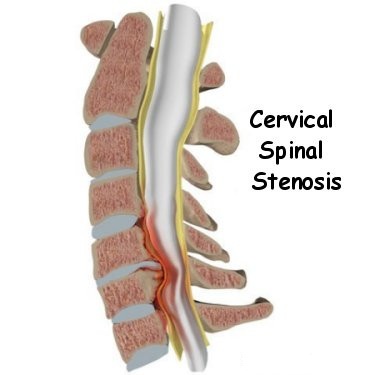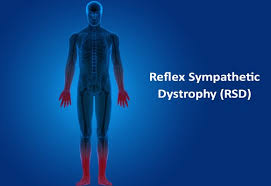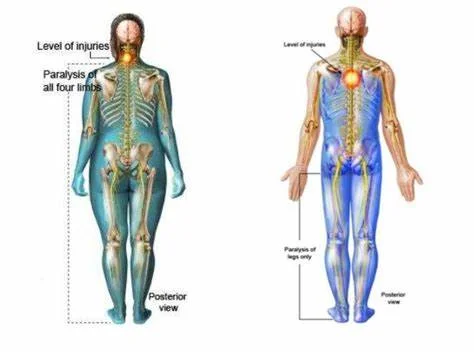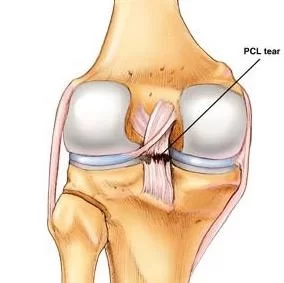What Helps for Sciatic Nerve Pain
Sciatic Nerve Pain, also known as lumbar radiculopathy, refers to pain and other symptoms that radiate throughout the sciatic nerve. The sciatic nerve is a major nerve that branches from the lower back and runs through the hips, buttocks, and down the legs.
In sciatica, the roots of the sciatic nerve running from L4 to S3 are compressed by a herniated disc or narrowing of the spinal canal. This may cause radiating pain, numbness, and weakness through the legs and hips. If the symptoms last for eight weeks or less, it is called acute sciatica. If symptoms last longer than eight weeks, it is chronic sciatica.
The legs and lower back are connected by sciatic nerves. When something presses on them, like a slipped disc or bone spur, you get sciatica. You may experience burning, numbness, weakness, or pain. Some people say it’s like pins and needles, while others say it’s more like getting an electric shock or being stabbed with a knife. However you feel, there are many ways to get relief.
Sciatica is usually treated with medication, physical therapy, and heat and cold therapy. Surgery may be required in some cases.
Table of Contents
7 Things That Help Sciatic Nerve Pain
- Stand Up
While a little extra pampering may be in order, don’t stay on your feet for long. Muscles can get weak after too much rest. If you don’t feel up to your usual exercise routine, it’s smart to listen to your body’s signals. But try not to sit too much, otherwise, the pain might get worse.
- Keep Moving
If your pain isn’t too bad, it’s a good idea to stretch, go for short walks, and do any other physical activity you feel like doing. It’s especially important to try to stretch your lower back because that’s where your sciatic nerve can be pinched.
- Heat Things Up or Cool Them Down
Hot and cold may be opposites, but both can help you stay comfortable. Cold treatment is usually best for an injury that has just happened. Usually, doctors recommend switching to heat after 72 hours. A towel-wrapped ice pack or a heating pad can be used for 15-20 minutes at a time. Be careful not to burn your skin.
- Work With a Physical Therapist
Physical therapy may help you correct poor posture or strengthen the muscles that support your lower back. The therapist will create an exercise program for you, including stretching techniques that you can perform at home.
- Take a Yoga Class
It may not be a cure-all, but it can help you feel better. Try a type called Iyengar yoga that emphasizes proper posture. There are some research shows that it reduces pain and allows you to move more easily.
- Get a Massage
Professional massage is not only about relaxation. Research shows that massage therapy reduces pain and improves how well you can move your lower back. It also helps get the blood flowing, which encourages your body to heal itself. Find a therapist who specializes in back pain and may also incorporate assisted stretching into your session.
- Signs You Might Need Surgery
Most people with sciatica do not need surgery. However, your doctor may suggest it if you have trouble walking, lose bladder or bowel control, or if your pain gets worse and other treatments aren’t helping. The best course of action depends on what’s causing your symptoms. The most common of these will remove the part of the herniated disc that is pressing on the sciatic nerve.
Diagnosis: Sciatic Nerve Pain
During a physical exam, your doctor may check your reflexes and muscle strength. For example, you may be asked to walk on your toes or heels, rise from a squat, and while lying on your back lift your legs one at a time. The pain that results from sciatica usually worsens during these activities.
Imaging tests
Many people have herniated discs or bone spurs that show up on X-rays and other imaging tests, but have no symptoms. So doctors usually don’t order these tests unless your pain is severe or doesn’t improve within a few weeks.
- X-ray – An X-ray of your spine may reveal a bone overgrowth (bone spur) that may be pressing on a nerve.
- MRI – This procedure uses a powerful magnet and radio waves to create cross-sectional images of your back. MRI produces detailed images of bones and soft tissues, such as herniated discs. In this test, you lie on a table that slowly moves into the MRI machine.
- CT scan – When a CT scan is used to image the spine, you may have a contrast dye injected into the spinal canal before X-rays are taken – a procedure called a CT myelogram. The dye then circulates around your spinal cord and spinal nerves, which appear white on the image.
- Electromyography (EMG) – This test measures the electrical impulses produced by nerves and the responses of your muscles. This test can confirm nerve compression caused by herniated discs or a narrowing of your spinal canal (spinal stenosis).
Treatment of Sciatica nerve pain
If your pain does not improve with self-care measures, your doctor can suggest some of the following treatments.
Medicines
Types of medications that will be prescribed for sciatica pain include:
- Anti-inflammatory substances
- Muscle relaxants
- Anti-seizure medications
- Physical therapy
- Narcotics
- Tricyclic antidepressants
Once your acute pain has improved, your doctor or physical therapist can suggest a rehabilitation program to help prevent future injuries. This usually involves exercises to correct your posture, strengthen the muscles that support your back, and improve your flexibility.
Physical therapy Treatment for sciatica nerve pain:
Physical therapy treatment of sciatica pain varies on depends upon the cause and diagnosis of sciatica, Physical therapist prescribes you few exercises and also gives you Electrotherapy modalities to relieve pain. Various spinal mobilization techniques and stretching exercises also use by Physical therapists to relieve pressure on the sciatic nerve.
Steroid injection
In some cases, your doctor may recommend a corticosteroid injection into the area around the affected nerve root. As a result of suppressing inflammation around the irritated nerve, corticosteroids reduce pain. The effects usually wear off within a few months. Limit the number of steroid injections you can receive, as the risk of serious side effects increases if the injections occur too often.
Surgery
This option is usually reserved for when a pinched nerve is causing significant weakness, loss of bowel or bladder control, or when you have pain that gets progressively worse or doesn’t improve with other therapies. Surgeons can remove a bone spur or part of a herniated disc that is pressing on a pinched nerve.






